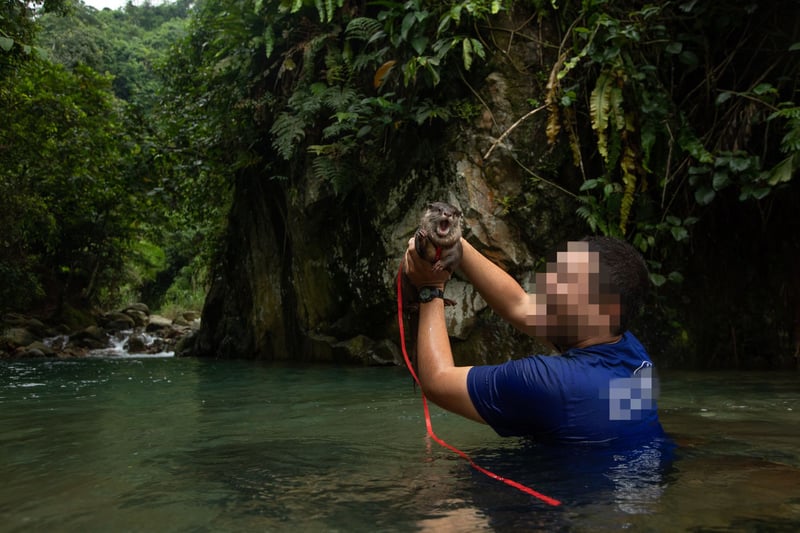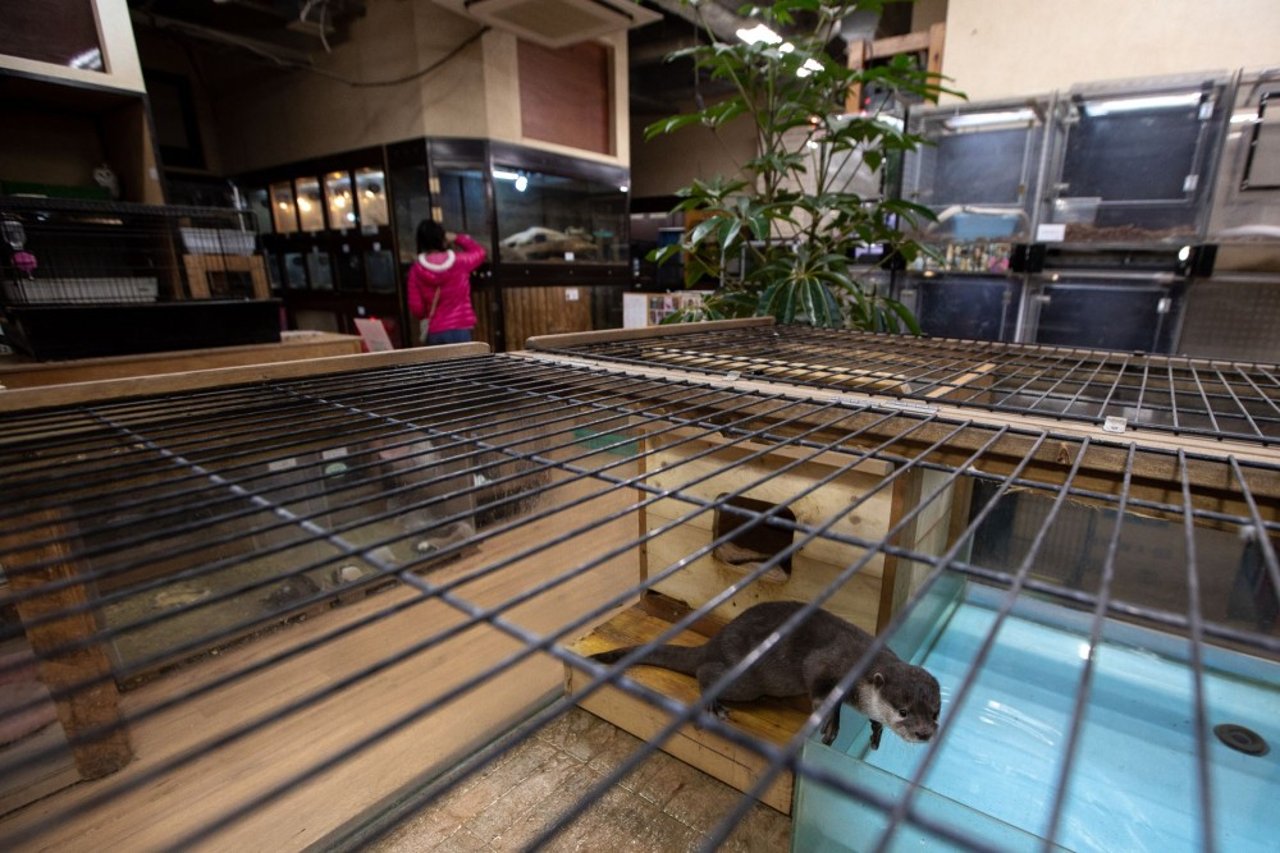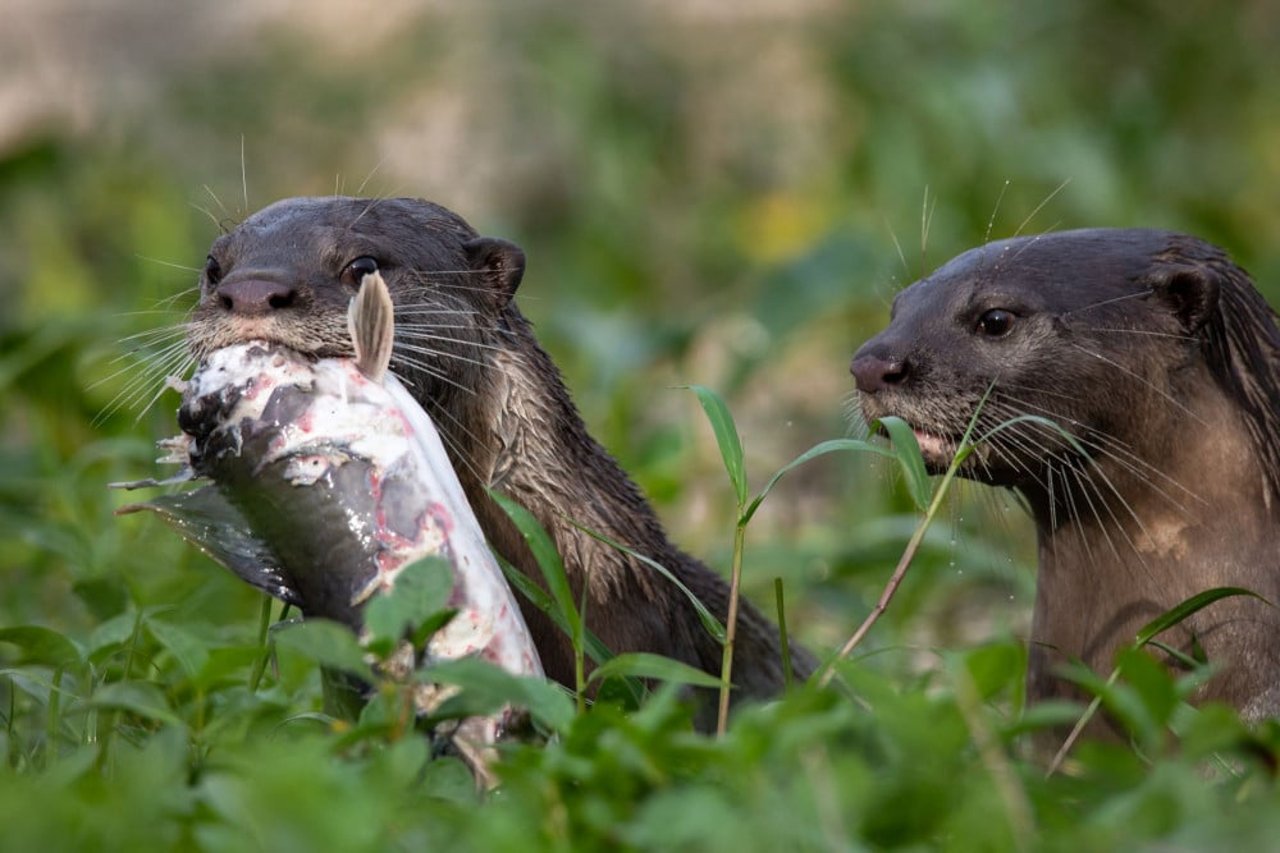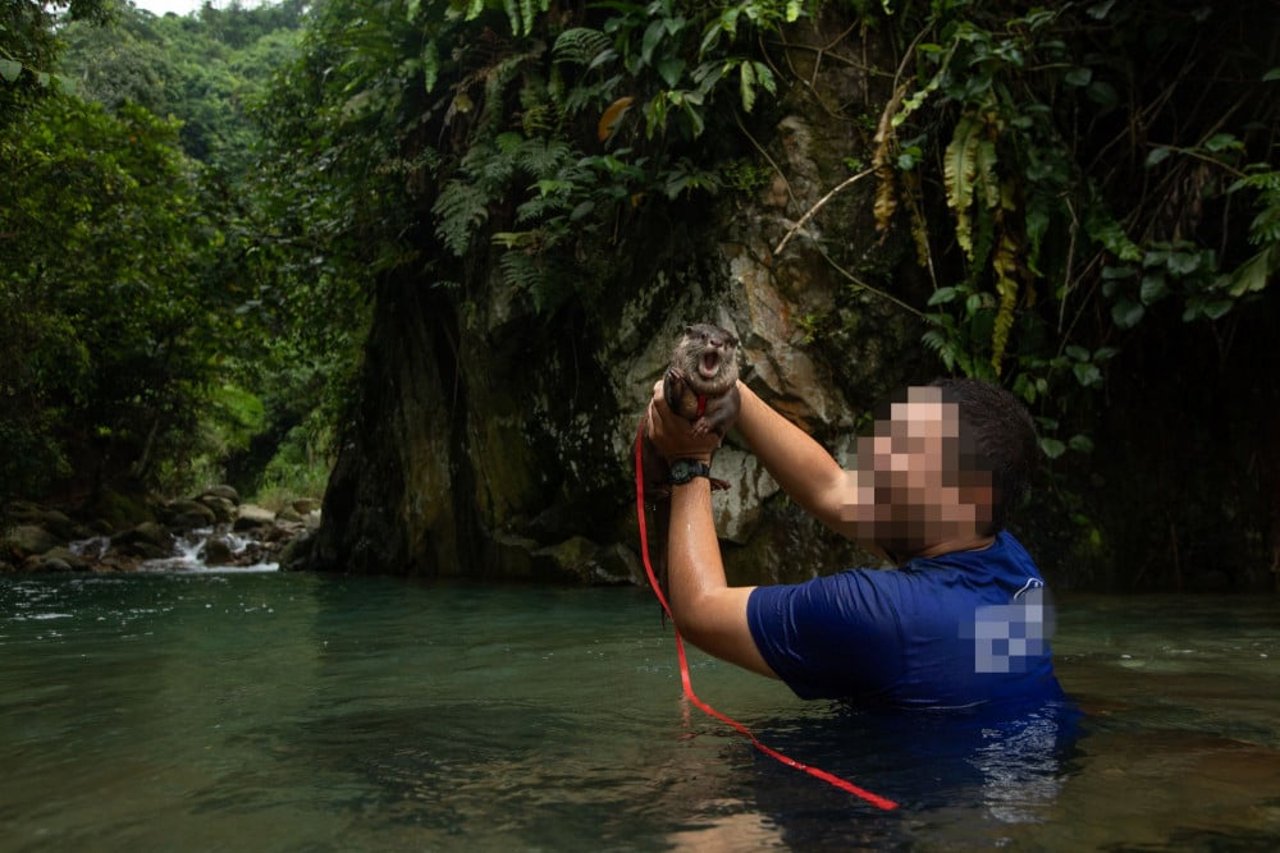
On World Otter Day 2019, we released a report regarding the capture and exploitation of Asian otters. But there is a new trend that is very troubling for these animals.
This report and accompanying documentary follows the trade of these animals who are ripped away from their parents and sold either to individuals or the increasingly popular “otter cafes” in Japan.
Our investigations revealed that it is incredibly difficult to breed otters, despite efforts by animal dealers to claim that they are breeding the animals.
In order to support demand for otters, there are now organized networks of farmers, hunters, collectors, dealers and exporters who source otter cubs from the wild and export them from Thailand and Indonesia.
Smoke and dogs are used to drive otters from their dens. The fiercely protective parents are then shot, electrocuted or chased away so that the cubs can be taken.
As a result, three of four otter species found in Southeast Asia, including the Asian small-clawed otter, are considered to be at risk of extinction in the wild by the International Union for Conservation of Nature and Natural Resources (IUCN).
But this exploitation of otters is not limited to Japan, Thailand, and Indonesia.
Right here in the United States, there are “swim with otters” programs, many of which claim that their programs are voluntary for the otters and help save otters in the wild.
Their efforts couldn’t be more misguided. Keeping wild animals in captivity will not help their wild populations.
If anything, keeping wild animals in captivity only further spreads the incorrect belief that wild animals can be safely kept in captivity and that their needs can be met while in captivity.
In addition, there is nothing voluntary for an otter who is brought to a pool to swim.
These animals are semi-aquatic. They spend much of their day in and around water, swimming, playing, fishing, and spending time in their family groups.
Carrying a captive otter to water and expecting the otter to rush into the water is nothing more than the otter exhibiting a natural instinct to be in water.
Please sign our pledge not to buy captive wildlife and our pledge not to visit attractions that permit direct contact with or taking selfies with captive wildlife.
For regular updates on wildlife, animal protection, conservation, and biodiversity, please follow our Twittter: @movetheworldus.


